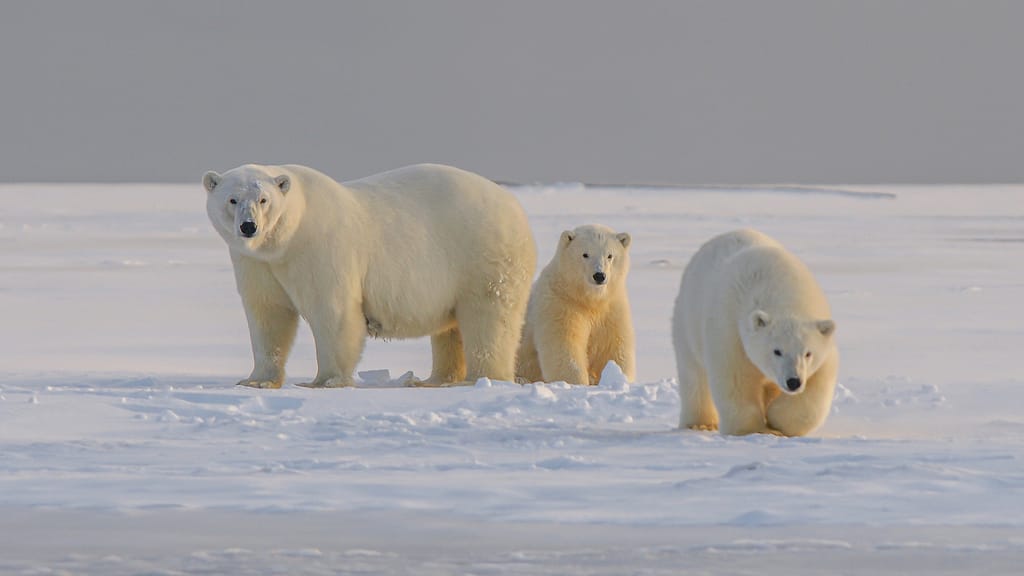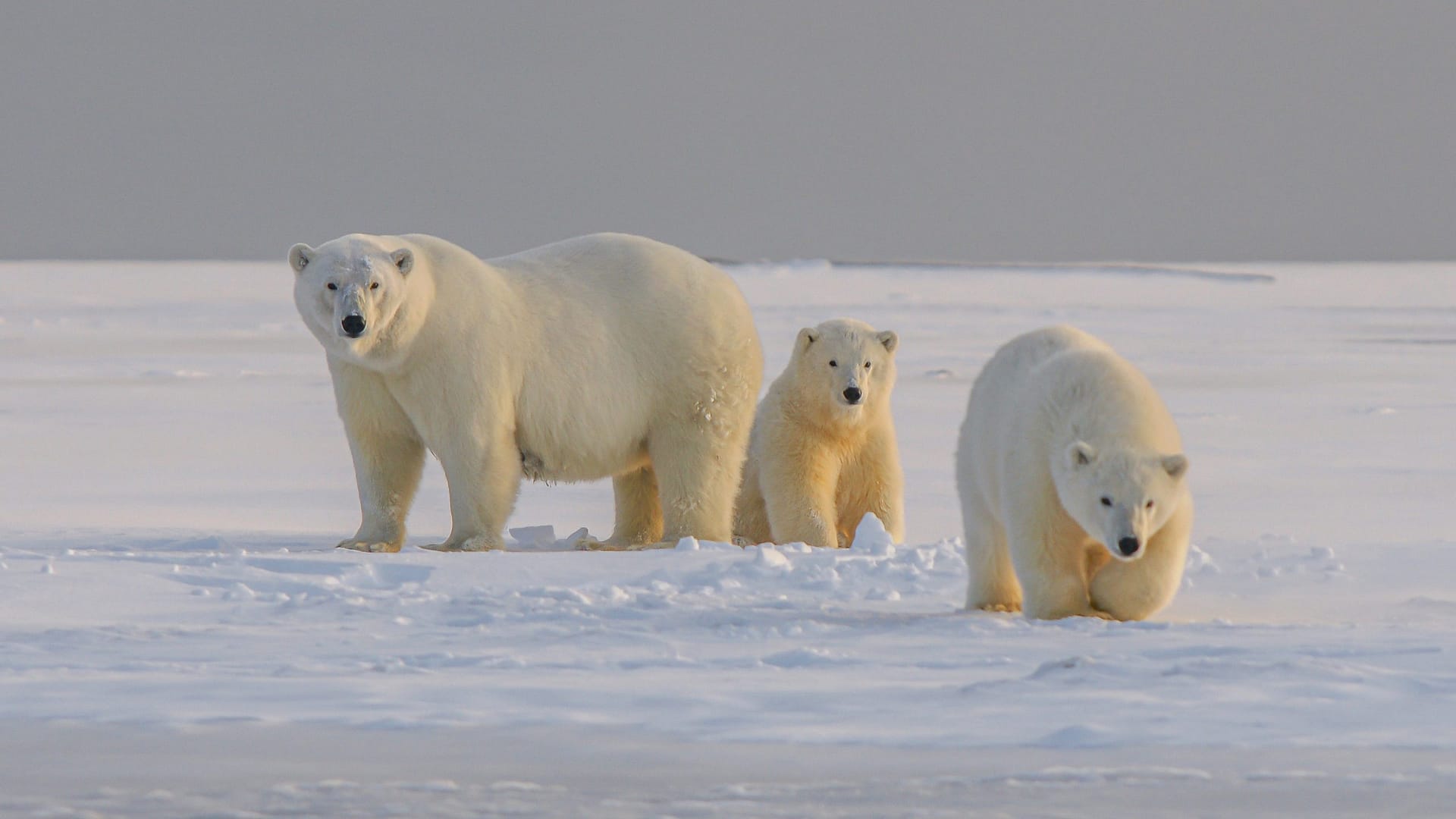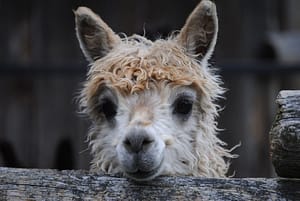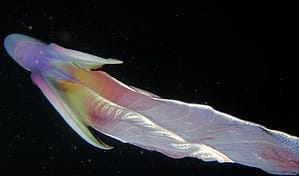This article by Nicole Nathan Bem originally appeared on Goodnet.
Very special polar bears are living in southeastern Greenland on freshwater fjords without access to the sea. As polar bears typically hunt in sea waters, this has astonished scientists, giving them hope that polar bears may be able to adapt to diminishing sea ice.
The recent study published in Science offers new hope. Scientists have now learned that polar bears are resilient; this particular group has adapted to living at the edge of glaciers which are available to them year-round. Other polar bears, who rely on sea ice for hunting platforms, only have access to the frozen areas for approximately 100 days a year.

Isolated for hundreds of years
This particular group of polar bears have lived in this region for several hundred years, according to The Wall Street Journal. Isolated by mountains and the ocean currents, several hundred live in the fjords with access to hunting all year. During summers, they are able to hunt in slushy, fresh waters.
They are smaller than other polar bears, with adult males weighing 560 pounds and the females weighing 400 pounds. In contrast, male polar bears in the Beaufort Sea weigh an average of 1,000 pounds, with females weighing in at half this size.
Gathering data using NASA satellites
The scientists at the University of Washington’s Applied Physics lab worked with NASA for over seven years to compile their findings. They started with historical data compiled over 30 years and spoke with indigenous peoples who hunt the bears for their pelts. The team also used radio collars to track the bears in nature, and were able to get DNA from fur tufts.
In conjunction with NASA, scientists documented the fjord by using Moderate Resolution Spectroradiometer instruments (MODIS) on the Terra and Aqua satellites, according to SciTech Daily. They soon learned that the bears lumber across the fjords, crossing them inland by trekking across the mountains.
Unique, strong, and resilient
“We knew there were some bears in the area from historical records and Indigenous knowledge. We just didn’t know how special they were,” co-author Kristin Laidre, from the University of Washington told SciTech Daily. These unique polar bears were found to hunt from what scientists refer to as ice melanges, a mix of glacial ice and sea ice carved from glaciers.
Indeed, polar bears are strong and resilient, being the only marine mammal that spends months at sea, yet can cover many miles running on land with powerful limbs. They can swim for days, covering over 1,000 miles, and have an incredible sense of smell, detecting seals buried under three feet of snow. They also have acute hearing and great long-distance vision.
Many assume they are aggressive, but polar bears tend to be cautious, preferring to escape confrontations. And now, thanks to this new research, polar bears are also understood as being adaptable and resilient.
Researchers predict that the ice in southeastern Greenland, where this particular group lives, may resemble polar ice by the end of the 21st century. The success of these polar bears offers hope that this species will have survival strategies in a warming world.
- Goodnet

Don’t miss out on a single article!
Enjoy unlimited access to over 500 articles & podcast that give you a positive perspective on the state of the world and show you practical ways you can help.
Notes:
- Reuters. “Greenland Polar Bears Adapt to Climate Change.” YouTube, 17 June 2022, www.youtube.com/watch?v=-WY7tnyLh_A. Accessed 16 Aug. 2022. ↩








